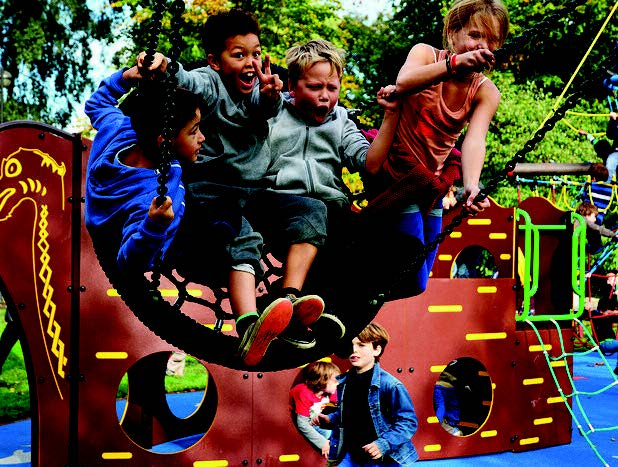
Children’s current and future physical and mental health is under threat, according to Mark Hardy, chair of the Association of Play Industries (API).
Children are increasingly sedentary, isolated and indoors on their screens. The latest research shows that community playgrounds continue to close at an alarming rate despite the government’s claims that they are tackling childhood obesity and mental health problems.
Alarming statistics
The 2017 API ‘Nowhere to Play’ report showed that between 2014 - 2016 local authorities across England closed 214 children’s playgrounds, and when asked about future plans they admitted their aim to close a further 234.
In November 2018, using the Freedom of Information Act, the API discovered:
Screens are displacing play
More recently, the API released ‘A Movement for Movement’, which shows, for the first time, a strong link between recreational screen time and children’s inactivity. Children are choosing to spend their leisure time on screens indoors instead of playing outside. This is not helped by the lack of suitable play provision outdoors.
Other interlinking Facts
There is growing evidence that the observations listed below are not entirely unrelated:
‘A Movement for Movement’ points out that these health issues are not separate lifestyle factors. There is an urgent need to understand that they are inextricably linked, joint 24-hour movement behaviours.
Parents, teachers and local and national policy-makers must now work in tandem to ensure that all of the elements of children’s movement behaviours are considered together, rather than being seen as the responsibility of separate government departments and initiatives. This requires a far more muscular and visible public health approach, with joined-up thinking from national and local government.
Get children outdoors again
Free, unsupervised play, where children develop their own games and rules, helps the development of:
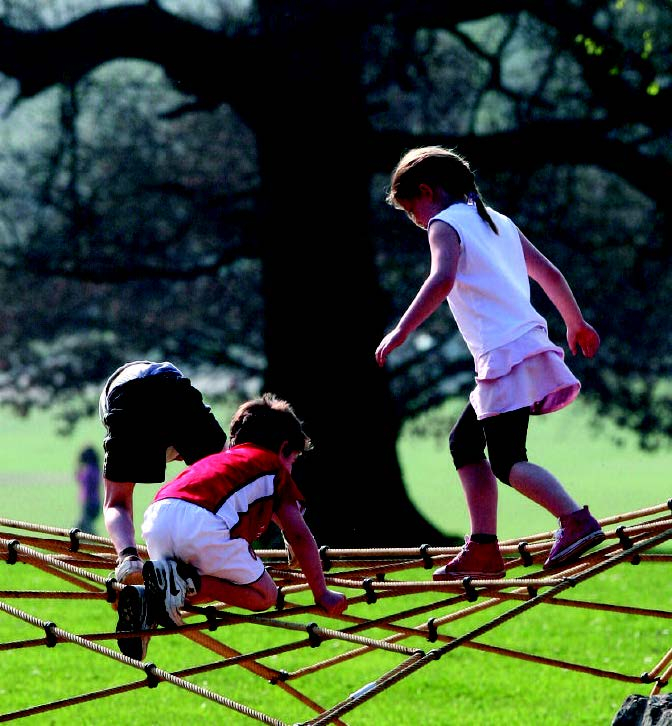
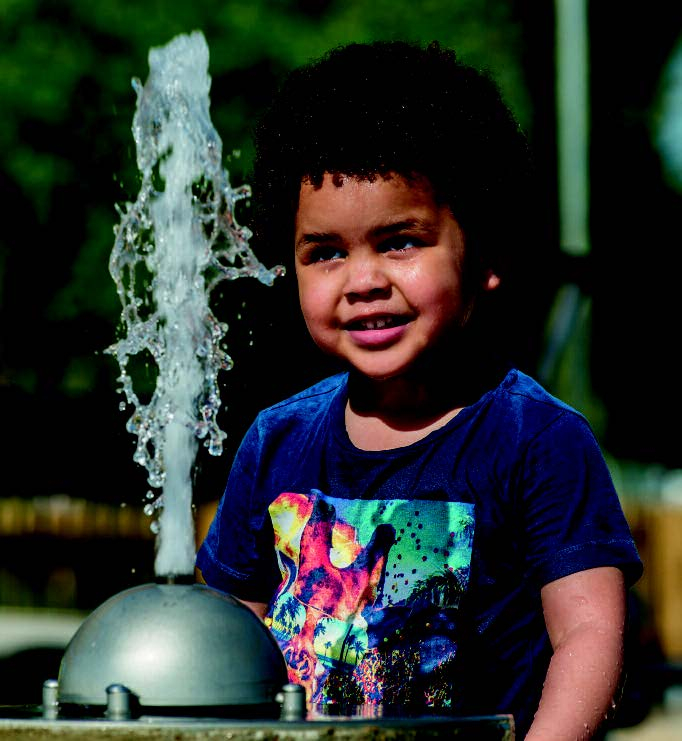
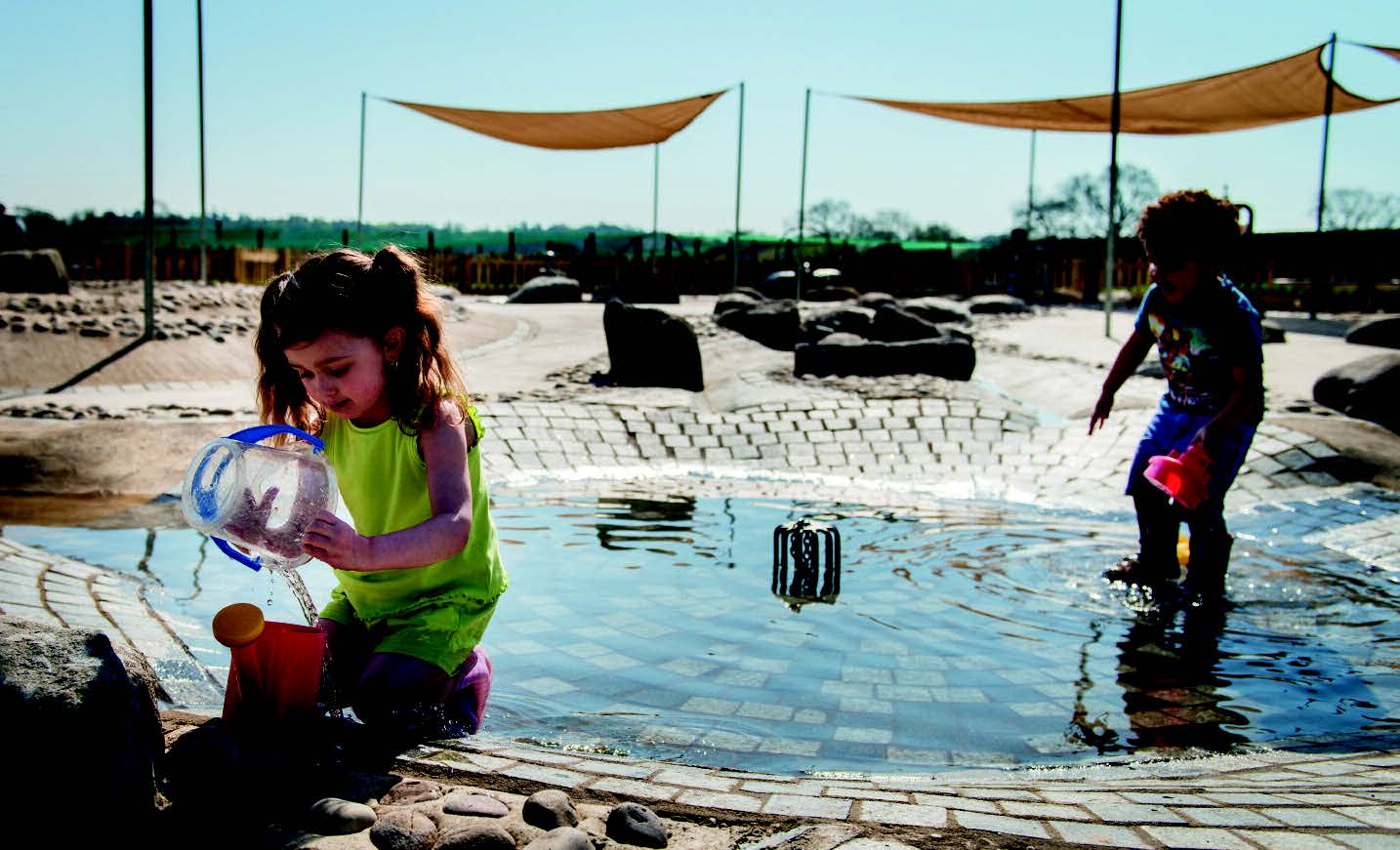
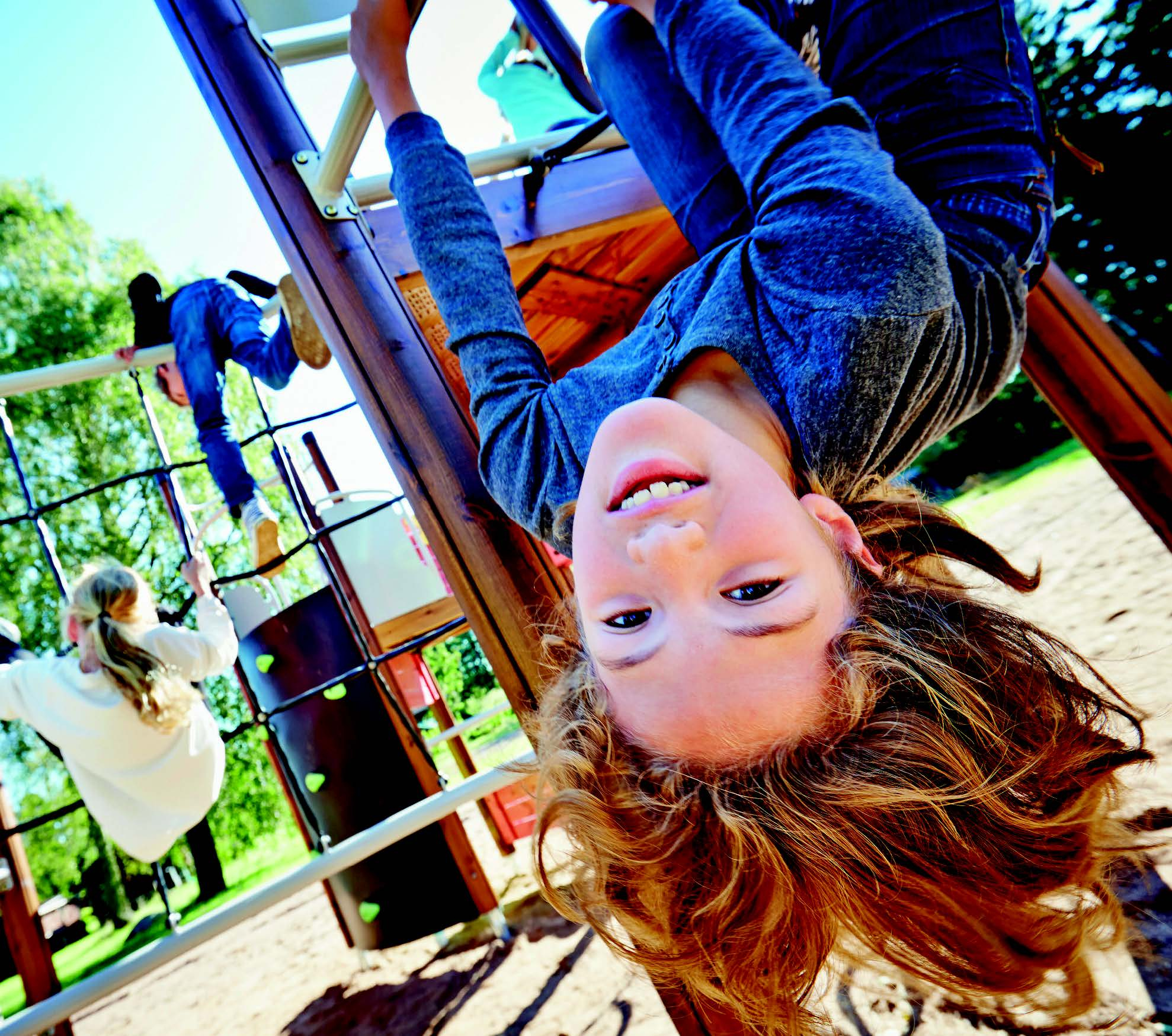
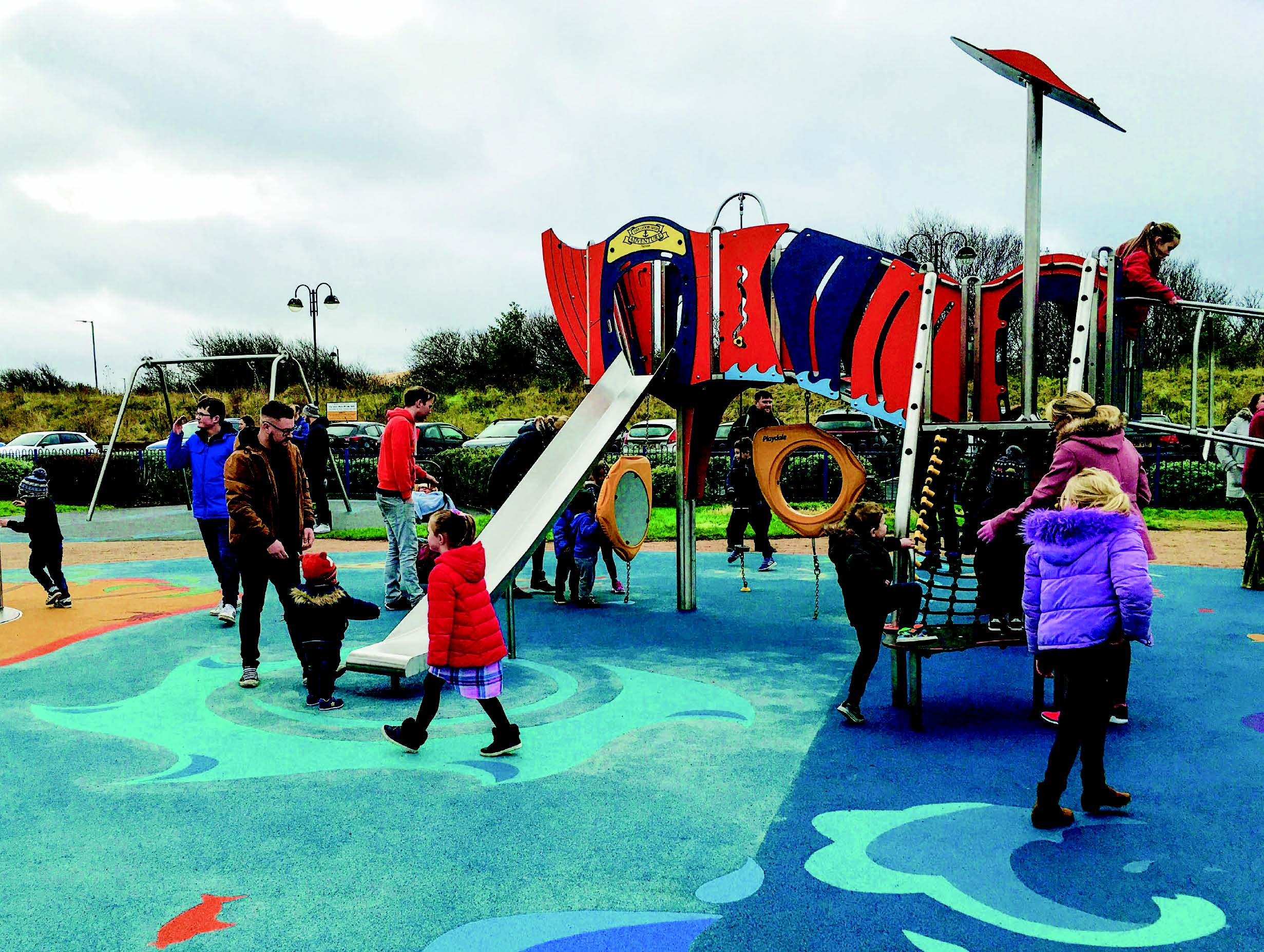
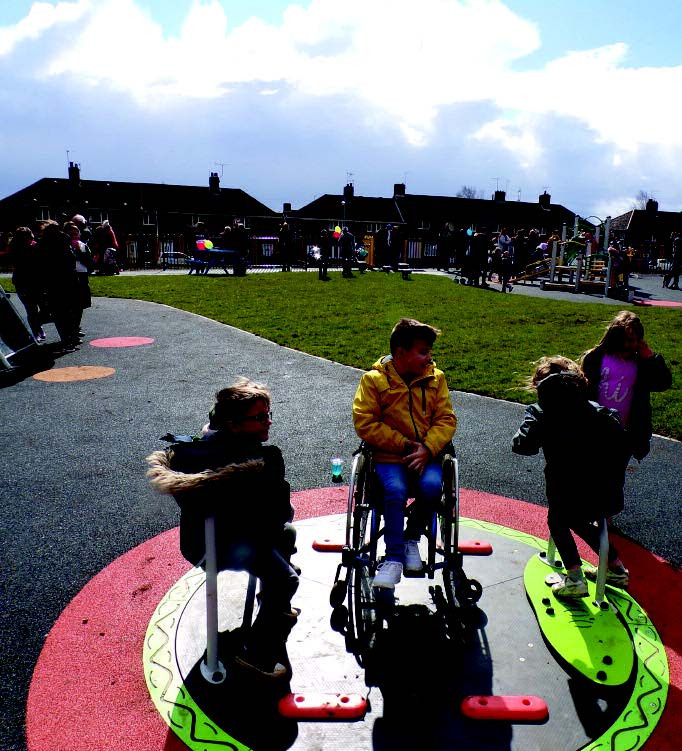
Why playgrounds matter
The vast majority of families and children live in urban areas where playgrounds are their only opportunity for free play and movement. Playgrounds are a central part of the community, uniting not only children but parents and carers too. Without access to attractive and free playgrounds which, crucially, are safe, local and accessible, communities suffer and children quite simply have nowhere to play.
Averting a disaster
The changes needed to avert a crisis for an entire generation and the ones to follow are varied, addressing families, schools, and local and national policy-makers. Reducing children’s recreational screen time from an early age and increasing the provision and use of accessible playgrounds and play areas must occur in a wider context of public health education.
The consequences, if we fail to make these changes, will be nothing short of disastrous. We don’t allow our young children to drink alcohol or take drugs, we insist they wear seatbelts, cycle helmets and suncream. And yet, we are allowing the silent killer of excessive recreational screen and inactivity to go unchecked.
Flagship play spaces High Wycombe, Barrow-in-Furness and Upton
Increasing the play value of play spaces with water
Water offers a perfect medium for full engagement of the self in play, says Beth Cooper, creative play consultant at Timberplay.
For a long time there has been something undeniably alluring about water, as evidenced by river banks, paddling pools or lakes during summer when they are overrun with people, paddlers and picnics.
But in relatively recent times there has been a prevalent mistrust of water. Concerns about the potential dangers has led to children being prevented from gaining access to water. Thankfully there has been a tide change and children are now being encouraged to interact with water, so long as they are aware and respectful of the risks.
Elemental play is one of the many types and manifestations of play in action and water offers a perfect medium for full engagement of the self in play:
We have worked with a number of playgrounds to incorporate waterplay areas or elements - from inexpensive playground pumps, to truly spectacular water play installations composed of a network of channels, waterways, scoops, wheels, locks and dams.
Case study - Odds Farm Park in High Wycombe
This showcase waterplay area incorporates 500sq m of waterplay, 80m of channels, streams and pools and 28 distinct play features, including locks, dams, Archimedes Screw and Waterscoop wheel. This bold design represents an alternative approach to waterplay, low level, covering a large space and able to accommodate many children at any one time. Rather than the typical ‘splash pool’, H2Odds delivers a calmer, more immersive play experience, and is ideal for the Odds Farm Park demographic of toddlers to eight years.
It’s great that the benefits of water play are becoming more widely recognised. Only by better engagement with water can we provide children with the experiences they need to understand water, the fun it can provide as well as its potential risk and danger.
Maximum play value at museum play space
The Dock Museum at Barrow-in-Furness, a popular visitor attraction in Cumbria, has invested in a maritime-themed play area to cater for visiting children.
Playdale Playgrounds installed items from its stainless-steel ranges to ensure the equipment would be durable, hard wearing and require little maintenance. The equipment is also fully recyclable.
A bespoke, nautically-themed multi-play unit is the central feature of the play area. Featuring four towers, the unit encourages children to interact with others, experience new challenges and take controlled risks via the many climbing, traversing, sliding and spinning features.
Children have to work together on the City Team swing to make it go higher and higher. The inclusive equipment means all children can experience the thrills of speed and movement. And the Inclusive Orbit allows exciting, inclusive play as all children can enjoy spinning around as fast as they can together.
Bright and colourful wet pour safety surfacing brings the sea-themed playground to life with an array of coastal and sea creatures included in the design.
The red brick-set edging around the surfacing provides a link to the sandstone block construction of the dry dock, which is a key feature of the museum and other buildings in the town.
“The Dock Museum at Barrow-in-Furness is one of the main tourist attractions in the region, with the play area being a valuable bonus to many people’s visits. By adding many inclusive elements, the imaginative designs of the colourful play equipment will be enjoyed for many years,” says Marie Richards, grounds maintenance contract manager at Barrow Borough Council.
A safe play space for village green
A new play area has opened in Upton Village Green, the largest re-development scheme for the village in more than 30 years
Upton athlete and international swimmer, Oliver Peace, officially opened the play space, which marked the culmination of a two-year scheme to transform the village green.
Vehicles had previously been driven across the green, preventing safe use of the open space. Upton and North Elmsall Parish Council wanted to create a safe space where local children could play and where families could enjoy quality time.
Groundwork, a charity that works to transform communities, conducted the design and consultation process for the project, while Sutcliffe Play provided a range of playground equipment items from its inclusive range such as the Inclusive Roundabout, Dish and Springie, designed to enable children of all abilities to play together.
The Association of Play Industries (API) is the lead trade body in the play sector. It represents the interests of manufacturers, installers, designers and distributors of both outdoor and indoor play equipment and safer surfacing. The API promotes best practice and high-quality play provision within the play industry.